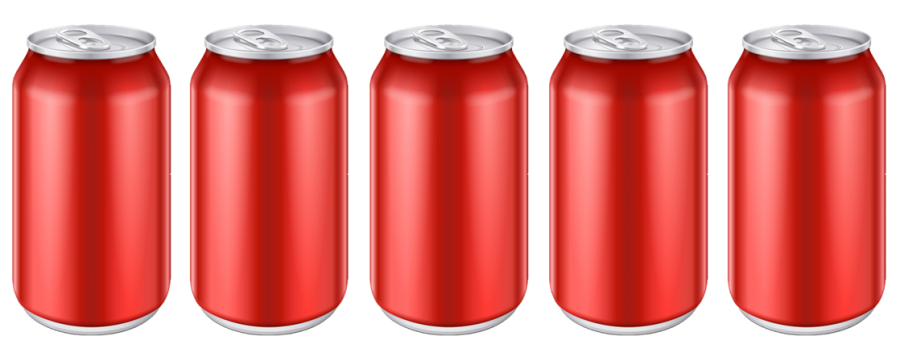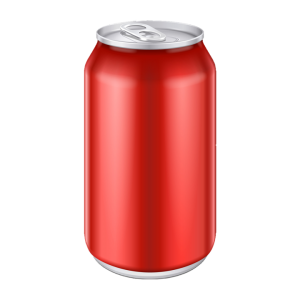*Introduction to Bleeding*
Generally speaking, we have about half a litre of blood for every 7 kilos of weight, so a baby or child will have much less blood than an adult.
On average, an adult has around 5 litres of blood and a 3 year old has around 1 litre of blood.
To stay alive, our body needs a constant supply of oxygen and nutrient rich blood.
We can lose up to about 10% of our blood without any severe side-effects but if we lose more than this it becomes more and more difficult for the heart to effectively pump blood around the body.
If blood loss is not stopped, once we have lost over 30% of our blood, haemorraghic (hemorajik) shock occurs as blood pressure rapidly falls and the vital organs begin to shut down.
30% blood loss for an average
adult
30% blood loss for an average 3 year old
Capillaries
These are tiny blood vessels that are about as thin as the hairs on your head
- When a minor scrape or cut opens some capillaries, the bleeding is almost always very slow and small in quantity
- The body’s natural clotting mechanism is able to stop most cases of capillary bleeding within seconds to minutes
Veins
Deep cuts have the potential to cut open veins
- A cut vein typically results in a steady but relatively slow flow of dark red blood
- The best way to stop most cases of venous bleeding is to put direct pressure on the wound
Arteries
This is the least common and most dangerous type of bleeding. It involves bright red blood that spurts out in large volume.
Important: In most cases of arterial bleeding, direct and extremely firm pressure on the wound is the best way of stopping it. If direct pressure is not applied, a severe arterial wound can cause someone to bleed to death within a few minutes.


